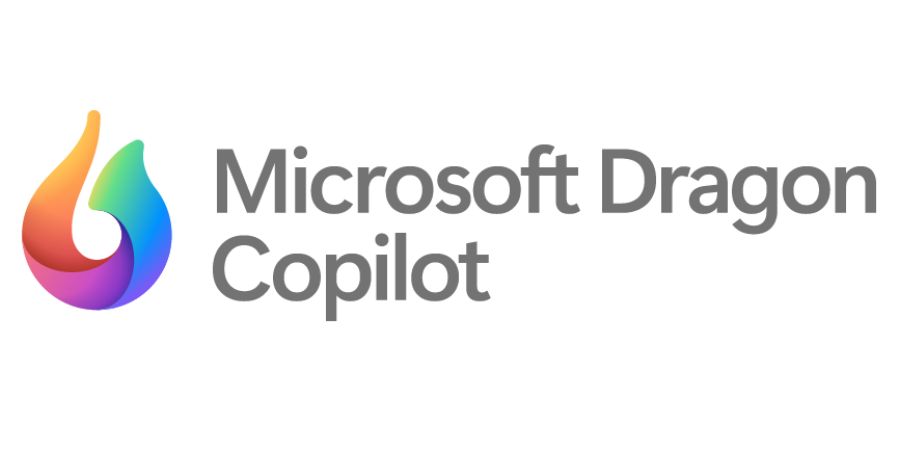Microsoft has made a bold move in the domain of medical technology by providing its AI-based clinical assistant, Microsoft Dragon Copilot, to nurses as an additional support tool. The new version of this healthcare AI assistant will not only allow the recording of interactions between nurses and patients but will also assist in documentation of care as it happens. Furthermore, nurses will be provided with educational materials as well as information regarding the hospital rules. The rollout of this facility will start in the US this coming December and it is going to be a widespread one. This update marks a milestone as Microsoft Dragon Copilot expands support for nurses’ workflows, helping create smarter, faster, and more reliable documentation.
This change has been brought about through the close collaboration of Microsoft with healthcare systems. The company created Dragon Copilot for nurses specifically rather than modifying the existing software designed for physicians. “Different physicians have different ways of documenting,” said Mary Varghese Presti, Corporate Vice President and Chief Operating Officer at Microsoft Health and Life Sciences. “What we have developed for nursing is not a rinse and repeat of that.”
Addressing Administrative Overload
Healthcare professionals have been complaining for a long time about administrative tasks becoming more and more burdensome. A lot of them pointed that these duties distract them from the patients and often go on into the late hours. AI documentation tools like Microsoft Dragon Copilot are becoming more and more prevalent in hospitals as a solution to the above problem. This AI clinical workflow assistant is designed to make documentation smoother and faster, aligning well with how Dragon Copilot supports nurse workflow automation.
Microsoft’s design has taken into account that the difference exists. While physicians often write extensive narratives in electronic health records, nurses practice more structured data entry as they go in and out of patient rooms. The AI organizes nurse-patient dialogues into well-ordered flowsheet documentation that the nurse can then review, modify, and approve before it is transferred to the hospital’s record system. This form of nurse documentation automation makes it easier to track progress while maintaining accuracy and compliance.
Keeping Human Oversight
The tool’s design still considers accuracy as the most important factor. Nurses can stop the recording anytime to see the assistant’s transcription and make sure that it corresponds to the care they provided. “It is up to the nurse to choose, do I want to change anything? Do I want to add something?” Presti elaborated. The review procedure not only ensures that the nurse has the last word in the documentation but also acts as a protection mechanism against possible mistakes. With Microsoft Dragon Copilot, human oversight remains central, ensuring that technology assists without replacing judgment.
Initial Outcomes from Pilot Testing
Advocate Health, a large hospital network located in Charlotte, North Carolina, was one of the first ones to experiment with the new assistant. The pilot which started in April with 20 nurses in one hospital unit has now been expanded to other locations and more staff. According to Chief Nurse Executive Betty Jo Rocchio, the trial results have been very encouraging.
The AI clinical workflow assistant has lessened the documentation time for nurses, hence they are able to finish notes quicker and to pay more attention to patients. “It enables them to spend more time documenting at the bedside and getting to know the patients,” Rocchio mentioned. “No one enters nursing with a wish to deal with a computer more than with patients.” This clearly shows the benefits of Dragon Copilot for nurses in hospitals, giving them time back to focus on care.
What Comes Next
In December, Microsoft’s nurse-oriented Dragon Copilot for nurses will be extensively deployed in U.S. hospitals. The firm is marketing this product as the first ambient documentation specifically created for nursing that’s available commercially. This also indicates that the company is moving further along the road it initiated with its $20 billion acquisition of Nuance Communications, which was a major player in AI-powered healthcare documentation.
Moreover, the company revealed that app developers from outside will soon be allowed to create integrated applications with Microsoft Dragon Copilot, thus broadening its application to areas like virtual care, revenue cycle management, and patient experience. Developers will also be able to extend Dragon Copilot workflows through APIs and custom integrations, opening new doors in digital healthcare. Collaboration with OpenEvidence and Wolters Kluwer’s UpToDate will ensure that reliable clinical data is seamlessly available in the workflow.
Microsoft has decided to eliminate the paperwork burden for nurses and support them in being present with the patients for a longer duration through this shift. Hospitals using Dragon Copilot in nursing clinical documentation can expect improved accuracy, less burnout, and higher quality of care. The use of voice recognition technology in nurse documentation, powered by Microsoft Dragon Copilot, is a new approach that brings about a change in the nursing profession and their relationship with patients.
With the ongoing development of Dragon Copilot workflows, Microsoft is not only reinforcing its commitment to the healthcare sector through innovation and empathy but also raising the bar for technological support to medical professionals.



